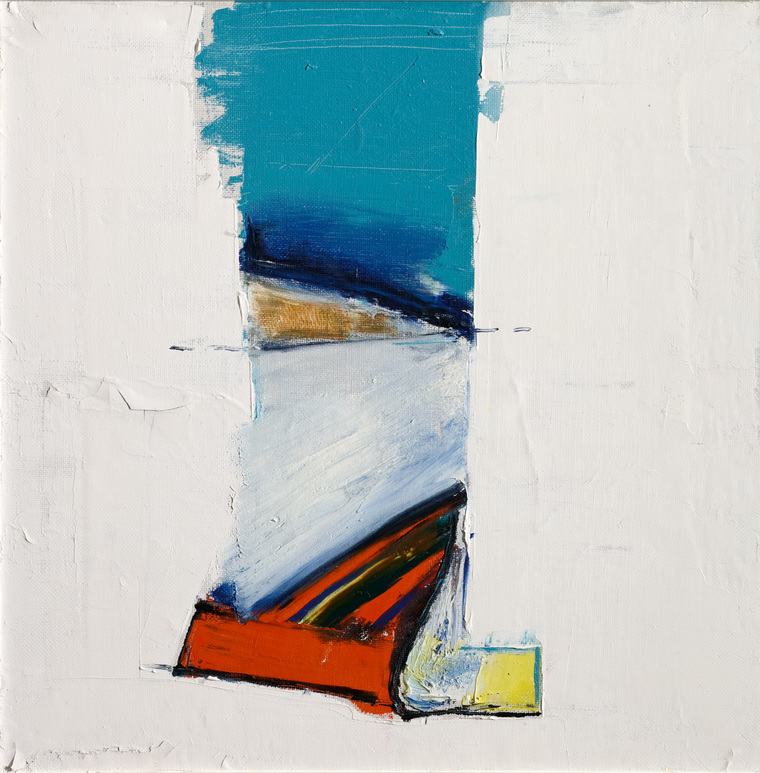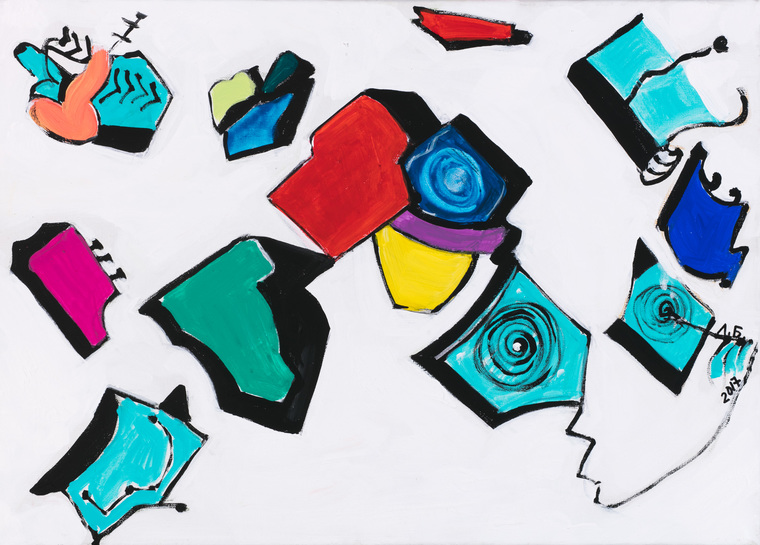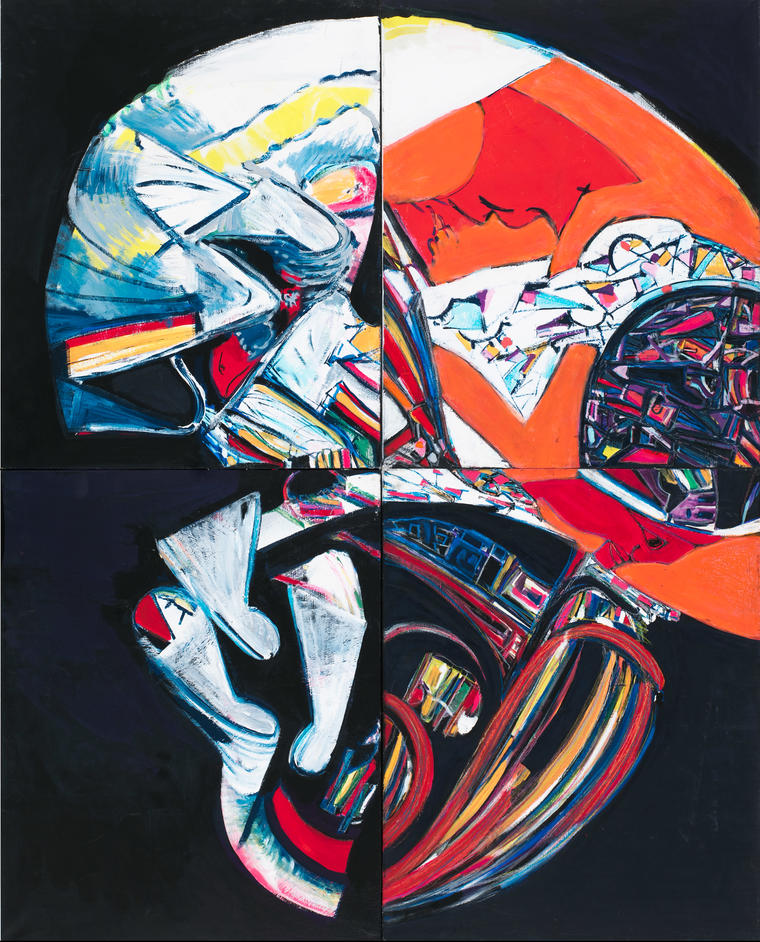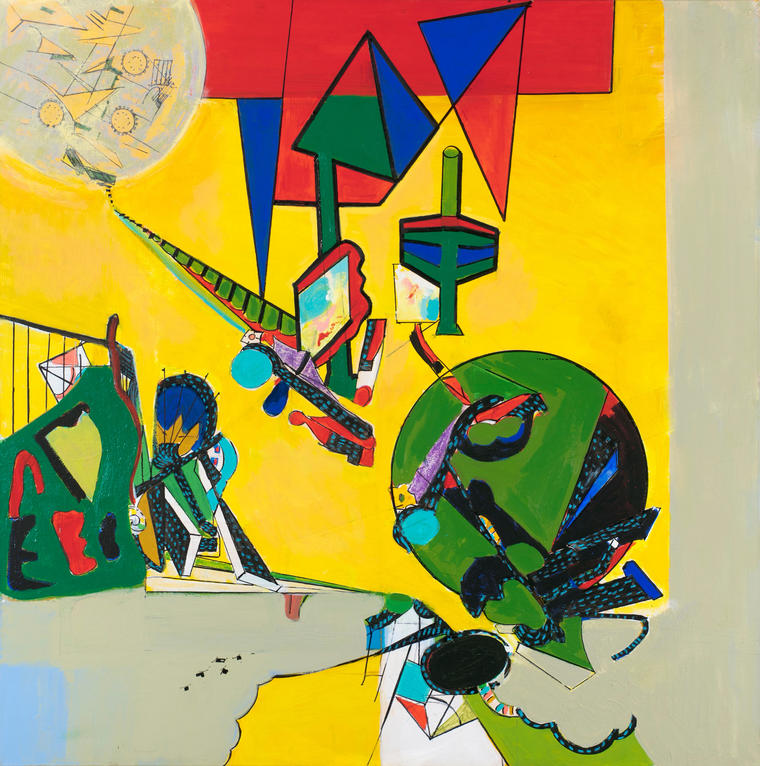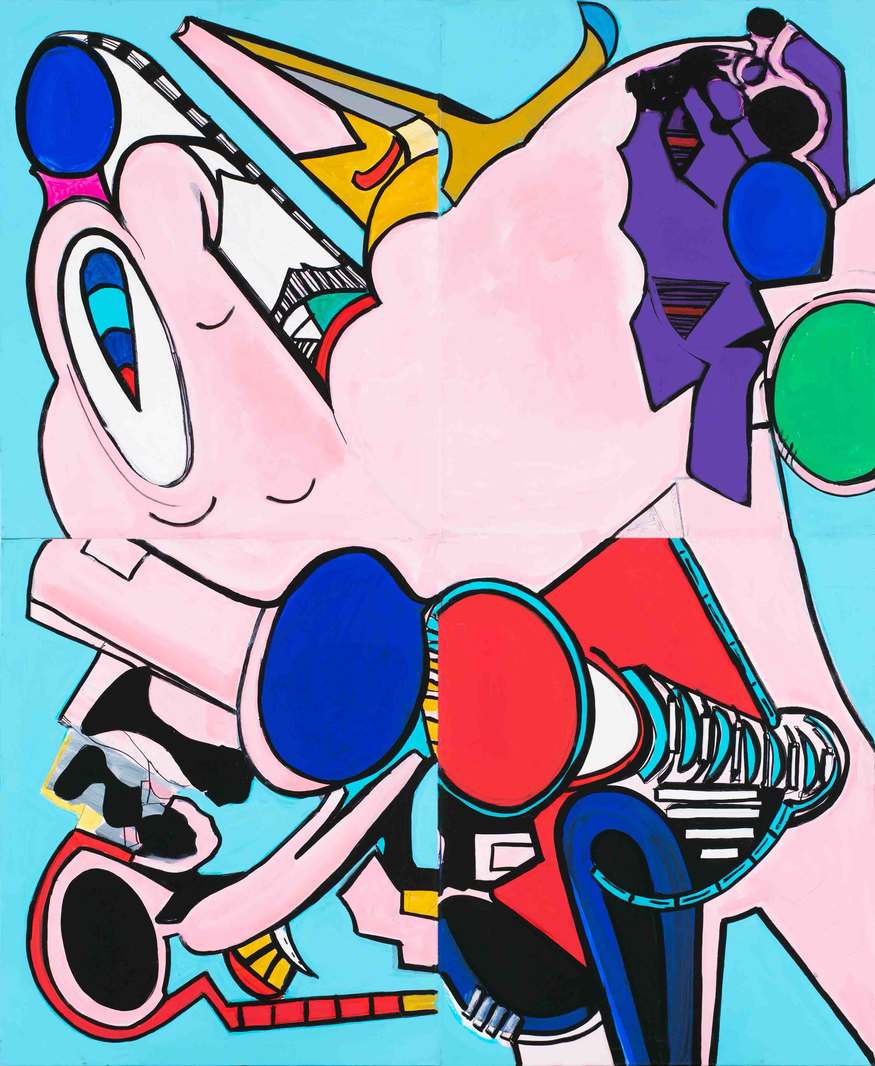
Bella Levikova is one of the non-conformist artists, formed in the 1960s. In 1965, she found her «unexpected and spontaneous creative beginning, which opened the door to a new coordinate system» and began pictorial abstraction. Levikova participated in key events of the Moscow underground of 1960-1970-ies, became one of 34 authors whose works were selected for the famous Sotheby's auction of 1988 in Moscow and were successfully sold there.
From the very beginning of her creative career, Bella Levikova went independently, often far from stormy artistic community, deepening into her own searches and reflections, which, she said, practically no one shared. Levikova’s creativity goes far beyond the limits of art: she constantly expands her consciousness, developing in a variety of spheres at the same time — quantum physics, astrophysics, bioenergetics, philosophy, psychology. This total of knowledge, multiplied by her own «transparency» and susceptibility to the surrounding streams of life, has reflected in the fourth and the fifth dimensions of the spaces of her paintings.
Bella Levikova believes that human capabilities are enormous, but not disclosed. In a certain period of creativity, she realized that she can read information as if from space, to foresee the global events taking place on the planet. The «Comics» series refers to this «supersensitive perception». Levikova caught the mood that is hovering today, and a series appeared that was not quite typical of her picturesque manner, but that is how the face of modernity reflected. Whatever the works can be, the principles of her work with color and form are always based on the heritage of the pillars of Russian avant-garde of the early XX century — Kazimir Malevich and Vassily Kandinsky. In the abstract composite work «About Pink» a large number of associative connections opens - there is a lot of fun, ironic in it, but there is a place for sadness. As in comics, in bright forms one can see both the characters and the infinite unfolding connection between them. This is achieved through compositional unity, both in the work as a whole and within each part. V
